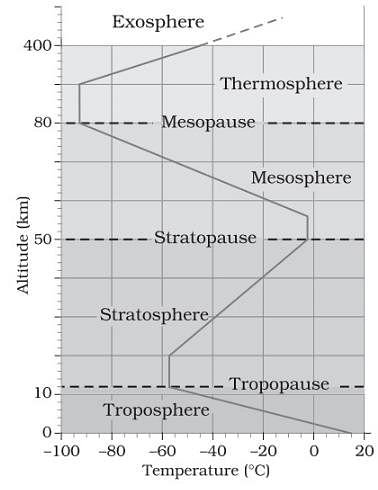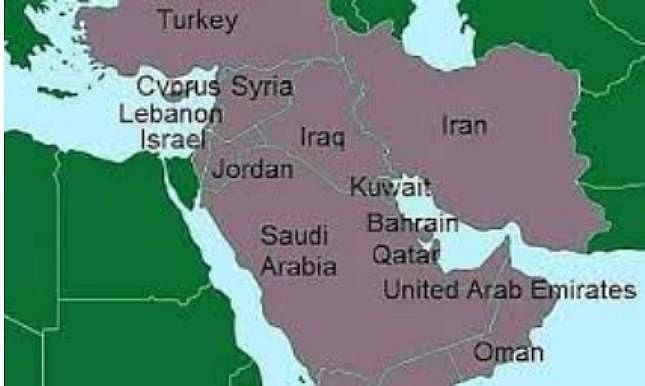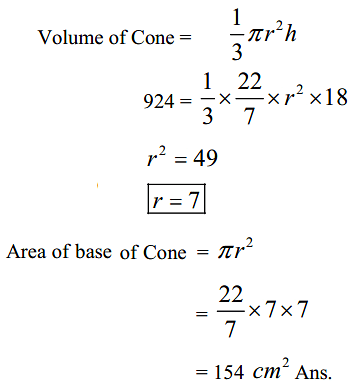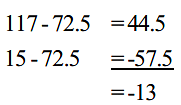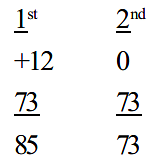BPSC Practice Test- 10 - BPSC (Bihar) MCQ
30 Questions MCQ Test - BPSC Practice Test- 10
Bhimbandh of Munger is the site of which of the following period?
| 1 Crore+ students have signed up on EduRev. Have you? Download the App |
Which of the following regions higher concentration of the dust particles is found ?
The phenomenon of Normal Lapse Rate is found in which layer of the atmosphere?
Which of the following is the correct north to south sequence of peninsular rivers?
In which of the following, India is the leading producer in the world?
Which of the following is correct decreasing order of Islands of Japan Archipelago on the basis of their size?
Which of the following is the largest producer of silk in the world?
Which of the following countries is not a member of Middle East?
Which of the following biosphere reserve is the latest UNESCO protected biosphere reserve in India?
Which one of the following is a correct sequence of the water bodies in the Bay of Bengal northwards from the equator?
The volume of a right circular cone is 924cm3. If its height is 18cm, then the area of its base (in cm2) is :
What is the least number of square tiles required to pave the ceiling of a room 15m 17cm long and 9m 2cm broad?
Find the numbers of zeroes in last of product of expression 25 x 125 x 16 x 32 x 16
When the price of one liter oil is decreased by Rs. 24 , it becomes 84% of the original price. What was the original price?
The average of four positive integers is 72.5, the highest integer is 117 and the lowest integer is 15. The difference between the remaining two integers is 12. Which is the higher of these two remaining integers?
"Jal-Jeevan-Hariyali" is an ambitious scheme of the Government of Bihar, whose main objective is -?
Which of the following places in Bihar has been selected to be developed as an Iconic Tourist Destination?
The first Chief Minister of Bihar, Shri Krishna Singh was most influenced by the ideas of which of the following?
The Battle of Chillianwala was a part of which of the following wars?
In which of the following year did Dalhousie annexed Jhansi with the British state?
Who among the following had termed the practice of Sati as "killing under the guise of scripture"?
What is the purpose of land consolidation in Indian agriculture?
HYV (high yielding varieties) was the first crop of which cereal?
What is the gross state domestic product growth rate of the state of Bihar at constant prices in the year 2019-20?
What is the birth rate in the state of Bihar among the following?


